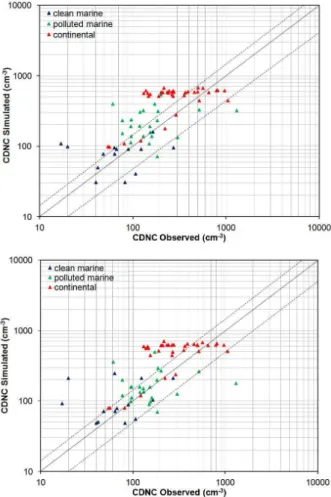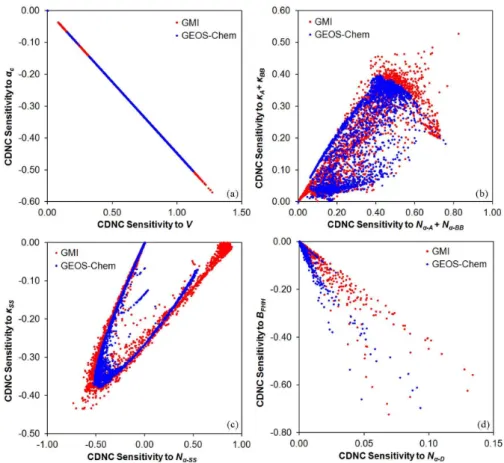Adjoint sensitivity of global cloud droplet number to aerosol and dynamical parameters
Texto
Imagem
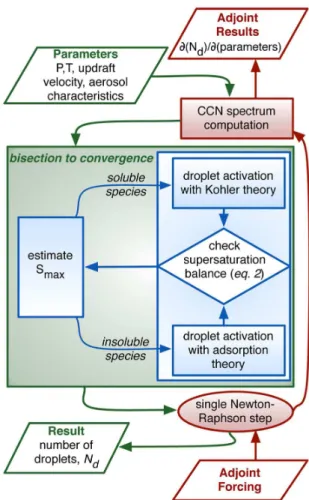
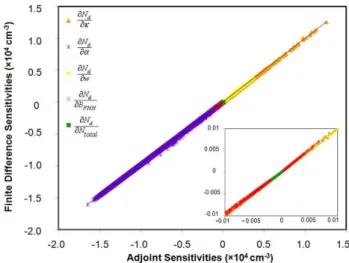
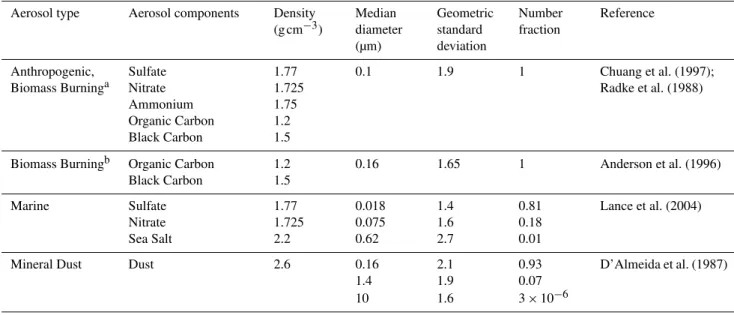
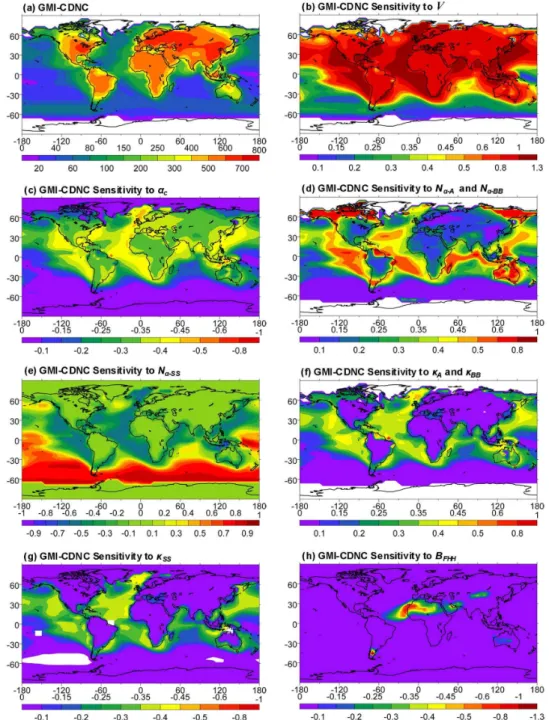
Documentos relacionados
This study presents a new parameterization of cloud droplet formation for an aerosol mixture consisting of soluble particles that activate according to K ¨ohler theory, and
P ¨oschl, U.: Aerosol- and updraft-limited regimes of cloud droplet formation: influence of par- ticle number, size and hygroscopicity on the activation of cloud condensation
For this reason, the remaining test scenarios are used to estimate the sensitivity to aerosol, cloud micro and macro physical parameters which are not part of the state vector but
In simulation SCAV- w the scavenging processes within the orographic cloud im- pact the aerosol size distribution by reducing the number and mass of unactivated aerosol particles..
Relationship between aerosol number concentration and cloud droplet number concen- tration (CDNC) with (a) showing that the volcanically induced cloud albedo e ff ect is larger
The well- predicted aerosol quantities, such as aerosol number, mass composition and optical properties, and the inclusion of full aerosol-cloud couplings lead to
As an initial application of the κ -based lookup tables, and to test the role of the parti- cle size distribution and aerosol hygroscopicity, sensitivity simulations were carried
The number of aerosols that eventually activate into cloud droplets depends on the aerosol concentration, size distribution and chemical properties and on the updraft ve- locity,

